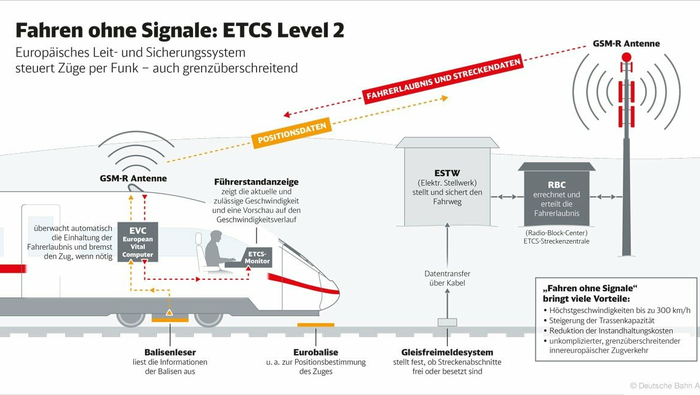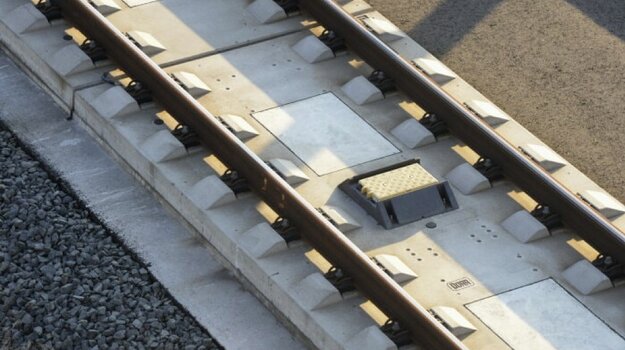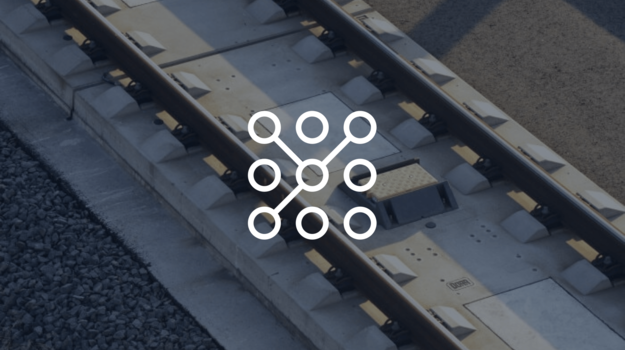European Train Control System (ETCS)
The European Train Control System ETCS is part of the ERTMS - European Rail Traffic Management System -, an EU project for the standardisation of European rail traffic in the area of automatic train control, radio and traffic control, which dates back to the early 1990s. The main task was and is the standardisation of the technical interfaces between infrastructure and vehicles with the aim of free and above all non-discriminatory technical access for railway operators (RUs) to the European infrastructures. The term "interoperability" is generally used to summarise this.
Initially, the conversion to a European standard was concentrated on new-build tracks, on which ETCS has now absolutely been able to prove its relative maturity.
Examples are:
- VDE 8.2 (2015), VDE 8.1 (2017) in Germany,
- new line Milan-Rome,
- new line Kufstein-Innsbruck,
- new line Paris-Strasbourg,
- new line Aachen-Brussels and some more.
Nevertheless, extensive, sometimes area-wide, upgrading projects got started in some countries in the 2010s. There, it was not the implementation of equipment obligations that released the workforces. Rather, it was the safety-related need to modernise the existing systems (Switzerland, Luxembourg) or extensive technical obsolescence of the entire train protection system (Denmark, Norway). For various reasons, DB Netz AG is also on the threshold of technical obsolescence. At the same time, the demands on the German rail system are changing due to climate change, the required decarbonisation of transport and a high increase in patronage in long-distance transport.
ETCS and Digitale Schiene Deutschland
As a result of these social developments and corresponding political objectives, we now find ETCS as an essential part of Digitale Schiene Deutschland programme. In this environment, ETCS finds the suitable systemic and application environment that enables a congenial use of the technology and thus also makes it attractive. In combination with the use of modern interlocking technology, adapted operating rules, integrated operation, central diagnosis and, above all, with a view to the use of as a replacement for all existing train control systems with the consequence that all vehicles running on the corresponding route must be equipped with ETCS, a systtem can be created that simultaneously meets the previously contradictory objectives of "technical interoperability", "operational performance", "modularity and maintainability" and offers open digital interfaces for further value-added systems. ETCS is used in this environment exclusively in Level 2 in the ETCS system versions "Baseline 3 MR2". with radio data transmission via GSM-R and its extension level GPRS.

Functioning of ETCS
The signal box continues to provide the train detection of the sections and the securing of the route; the information about this is transferred to the ETCS control centre (Radio Block Centre, RBC) via digital interface. Taking into account this data, the known static line characteristics such as maximum speed allowed per section, gradients, etc., as well as the known positions of all trains in the area of responsibility, the RBC issues an exclusive movement authority, which it transmits by radio to the ETCS on-board unit in the train. This calculates the safe speed for every moment and every place along this movement permission from this movement permission and the characteristics of the train (length, braking distance, etc.) and ensures that it is maintained. At close regular intervals, the on-board unit transmits its current position along the route to the RBC. The position determination is calibrated at suitable intervals by milestones permanently installed in the track, the "balises", whose exact location is known to both the RBC and the on-board unit. Since in this system the ETCS system consisting of the on-board unit and the RBC ensures the compensation of the relevant operational risks at the maximum safety level, the train driver is freed of this.
Further advantages of ETCS
As a result, traditional margins, which previously had to be provided in the infrastructure in order to absorb possible faulty behaviour, can be dispensed with to a very large extent, especially the so-called overlaps behind signals showing a stop. Only when additional equipment with conventional control and safety technology is dispensed with, short overlaps can bring their full benefits by facilitating simultaneous entries and reducing the number of trip exclusions. This provides significant new freedom in optimising operation on existing track topology. Furthermore, ETCS in Level 2 allows the use of so-called partial blocks, up to high-performance blocks, which considerably optimise the train sequence, especially in the area of speed changes and in mixed traffic, while dispensing with physical signals and double equipment with PZB, also and especially where there were previously overlaps.

